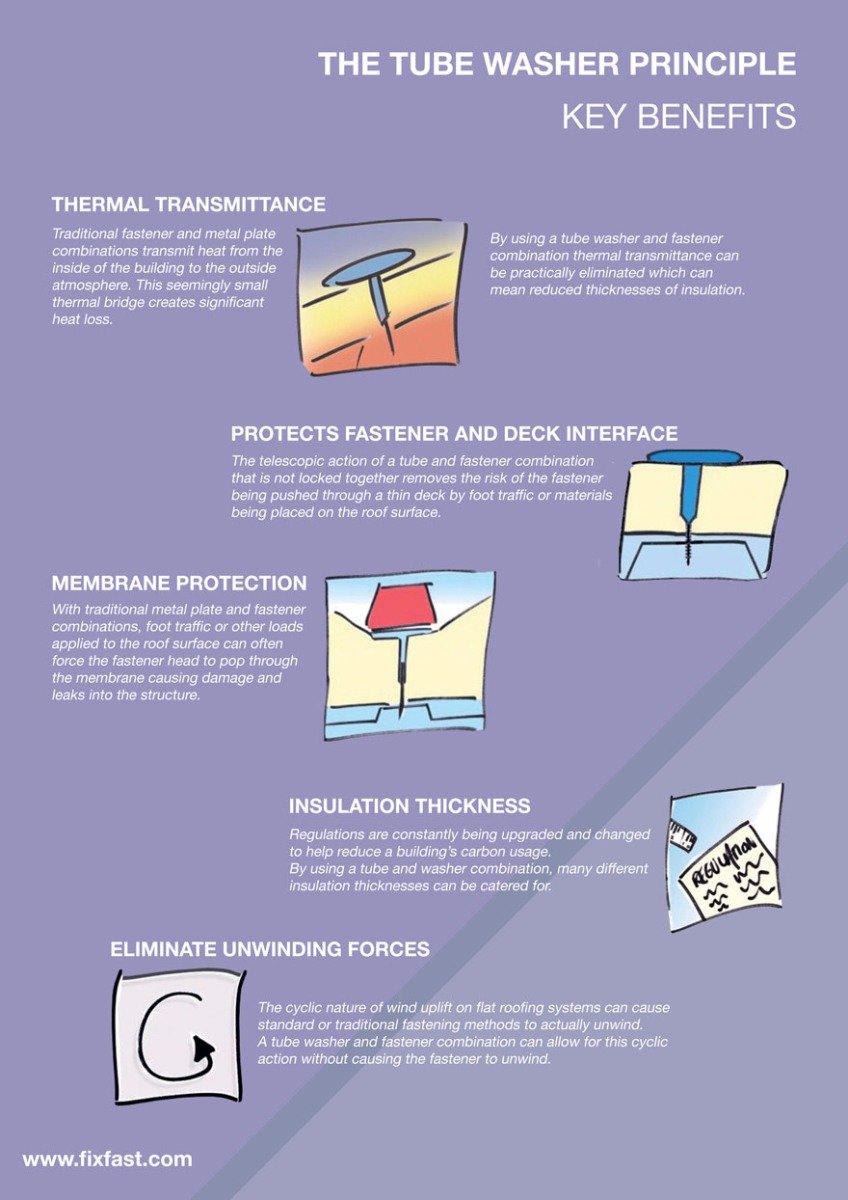The Duty Of Roofing System Ventilation In An Effective Installation
The Duty Of Roofing System Ventilation In An Effective Installation
Blog Article
Write-Up Created By-Thorpe Walls
When you're dealing with a roofing task, you might not believe much concerning roof covering air flow, however it's more vital than you realize. Effective air flow helps regulate temperature and moisture in your attic, protecting against problems like mold and architectural damage. By understanding exactly how to design and set up a well balanced ventilation system, you can enhance energy effectiveness and lengthen the life-span of your roofing products. So, what are the essential factors to think about throughout setup that can make all the distinction?
Importance of Roofing System Ventilation
Roofing system ventilation plays an essential duty in preserving the general wellness of your home. By permitting fresh air to flow with your attic, it helps control temperature and wetness degrees. This balance is essential to protect against warmth accumulation throughout warm months, which can lead to boosted power expenses as your a/c burns the midnight oil.
Furthermore, appropriate air flow dramatically minimizes the threat of moisture-related concerns like mold and mildew. If humidity levels climb, your home's structural honesty can be jeopardized, causing costly repair services. You wouldn't want to take care of deteriorating wood or deformed roofing products, right?
Additionally, appropriate air flow expands the life expectancy of your roof. When warmth and moisture are kept in check, your roof can execute ideally, stopping premature wear and tear. This indicates fewer frustrations and costs down the line.
Exactly How Roofing Air Flow Works
Effective roof air flow depends on the natural motion of air to develop a balance in between intake and exhaust. When you set up vents, you're essentially allowing fresh air to enter your attic room while allowing warm, stale air to run away. This procedure aids control temperature and dampness levels, preventing concerns like mold growth and roofing system damages.
Intake vents, usually located at the eaves, draw in cool air from outside. Meanwhile, exhaust vents, located near the ridge of the roofing system, let hot air rise and exit. The difference in temperature produces an all-natural air movement, called the stack result. As cozy air increases, it develops a vacuum that draws in cooler air from the reduced vents.
To maximize this system, you require to guarantee that the consumption and exhaust vents are properly sized and placed. If the intake is restricted, you won't achieve the preferred air flow.
Furthermore, siding san antonio tx can catch heat and moisture, leading to prospective damage.
Secret Setup Considerations
When installing roofing ventilation, a number of vital considerations can make or break your system's effectiveness. Initially, you require to analyze your roof covering's design. The pitch, form, and products all affect air flow and air flow selection. Ensure to pick vents that suit your roof covering kind and regional environment problems.
Next off, take into consideration the placement of your vents. Ideally, you'll want a well balanced system with intake and exhaust vents placed for optimal airflow. Area consumption vents short on the roof and exhaust vents near the height to urge a natural circulation of air. This setup aids protect against dampness accumulation and advertises power performance.
Don't forget about insulation. Appropriate insulation in your attic room avoids heat from escaping and maintains your home comfy. Guarantee that insulation does not obstruct your vents, as this can impede air movement.
Lastly, think about upkeep. Pick ventilation systems that are very easy to access for cleaning and evaluation. Regular maintenance guarantees your system remains to work properly in time.
best roofing san antonio , roof air flow is necessary for a successful setup. By ensuring correct air movement, you can protect against heat buildup and wetness concerns that bring about pricey damages. When you purposefully setting intake and exhaust vents, you enhance energy performance and extend the life-span of your roof covering. Remember, a well-ventilated roofing system not just protects your investment but additionally boosts your indoor air top quality. So, prioritize air flow to make sure a durable and cost-efficient roofing system for your home.
